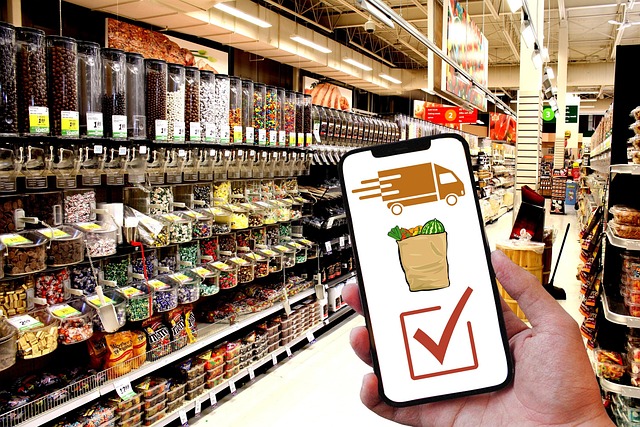Mobile UX patterns that speed up online transactions
Mobile UX choices directly determine how quickly shoppers move from discovery to purchase. This article outlines concrete design patterns for ecommerce and retail teams to reduce friction in payments, simplify delivery and returns, and use personalization, loyalty, and analytics to increase conversion while supporting omnichannel and crossborder needs.

Mobile commerce increasingly relies on interfaces that remove decision friction and accelerate checkout without sacrificing trust. Designers and product teams should focus on clarity, reduced input, fast payment options, and consistent messaging across channels. The sections below explain practical patterns for payments, delivery, personalization, fulfillment, and measurement that help retailers and platforms shorten time-to-purchase on mobile devices.
How does mobile UX affect conversion and ecommerce?
Mobile screens demand focused content: prioritize essential product details, price transparency, and a visible call to action. Long product descriptions, excessive images, or unclear stock status increase abandonment. Use progressive disclosure to reveal additional specs only when users tap for more. For ecommerce teams, reducing cognitive load means shorter flows, predictable navigation, and early indication of shipping costs and taxes. These practices lower friction and support higher conversion across diverse retail audiences.
What checkout patterns speed payments?
Streamlined checkout patterns include single-column layouts, persistent progress indicators, and input optimizations such as numeric keyboards for phone and postal fields. Offer mobile wallets and one-tap payments as primary options to reduce typing. Allow guest checkout while prompting sign-in after purchase for loyalty benefits. Pre-fill saved addresses and payment tokens for returning customers and surface preferred payment methods by locale to support crossborder buyers. Microcopy that explains security and card protection increases trust during the final step.
How to present delivery, fulfillment, and returns?
Provide delivery estimates and costs early—on product and cart pages—so shoppers avoid surprises at checkout. Show multiple fulfillment options: standard delivery, express, in-store pickup, and curbside collection, with clear ETA and carbon-minded choices when available. Indicate inventory sources (warehouse vs. store) and partial-ship options when relevant. For returns, publish a short, plain-language summary and a mobile-friendly return initiation flow. Clear fulfillment and return policies reduce hesitation and post-purchase disputes that hurt conversion and operational efficiency.
How can personalization and loyalty accelerate purchases?
Contextual recommendations, saved preferences, and dynamic offers can shorten decision time when implemented unobtrusively. Surface recently viewed items and complementary products on product pages and in-cart suggestions without interrupting checkout. Integrate loyalty information—available points, automatic discounts, or free-shipping thresholds—into the cart so members see immediate value. Maintain privacy controls and let users opt out of profiling; transparency about the data powering personalization preserves trust while improving conversion.
How do omnichannel and crossborder considerations change UX?
Ensure cart, wishlists, and order history sync across mobile and desktop so users can switch devices without losing progress. For omnichannel retail, show real-time store availability and a one-tap option to reserve or pick up in-store. For crossborder customers, detect locale and currency early and display regional payment methods, duties, and tax estimations to avoid last-step abandonment. Align messaging across channels so fulfillment states and returns processes are consistent whether a customer used a mobile app or a physical store.
How do analytics and sustainability inform UX choices?
Instrument every critical touchpoint to capture drop-off reasons, payment method performance by region, and delivery option uptake. Use funnel analysis and session replay sparingly to prioritize UX fixes that move the needle on completion rates. Track returns and their causes to refine product descriptions and sizing guidance. Offer sustainable shipping choices—consolidated delivery or slower, lower-impact options—framed as shopper choices; these reduce logistics cost and can increase retention among environmentally conscious customers.
Conclusion
Faster mobile transactions come from removing friction: minimize required inputs, support secure one-tap payments, and make delivery and return policies transparent. Combine personalization and loyalty signals with strong omnichannel consistency and data-driven measurement to iterate effectively. When mobile UX emphasizes clarity, speed, and trust, conversion improves while operational processes such as fulfillment and returns become easier to manage.





